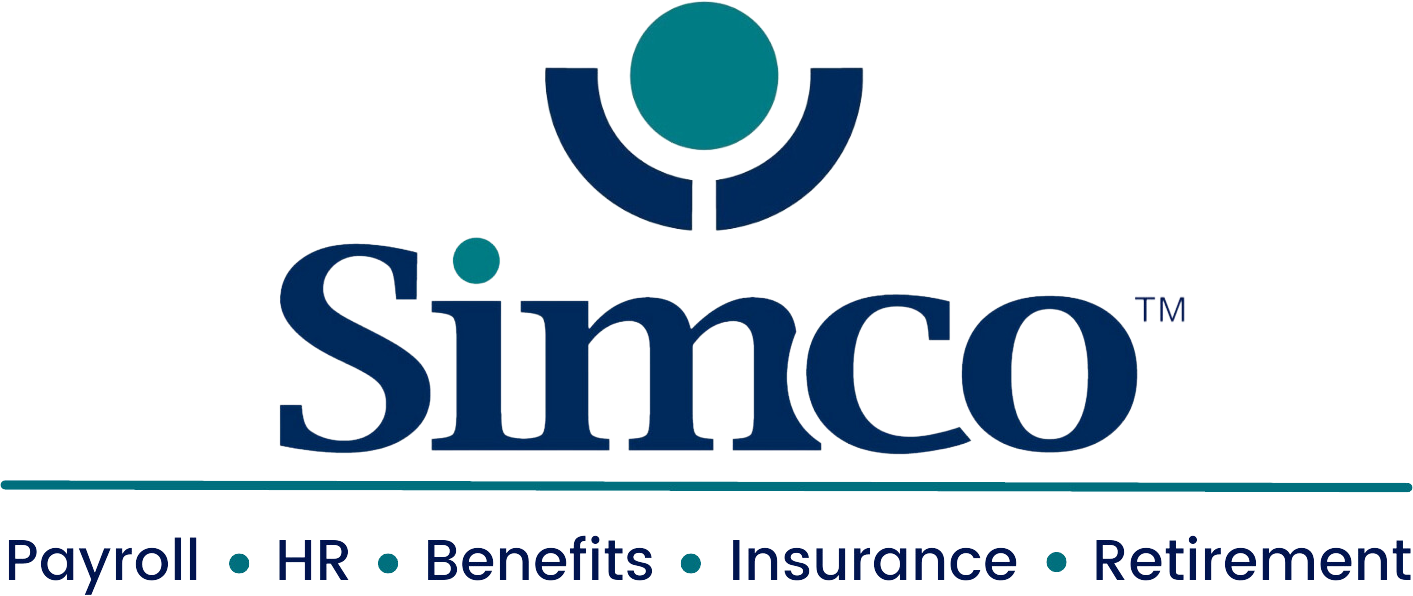
In 2024, leap day will occur on Thursday, Feb. 29. A leap year can create administrative and compliance challenges for organizations every four years. For example, a leap year can impact payroll processing or tax reporting obligations by adding an extra payday to the year. This can increase the number of pay periods from 26 to 27 for employees paid biweekly or from 52 to 53 for employees paid weekly, potentially altering how employees are paid. As a result, it’s essential that employers understand their compliance obligations and assess how an extra day in 2024 may impact any compliance requirements and deadlines.
This article explores how the 2024 leap year can impact compliance deadlines and how employers can proactively prepare and navigate any potential changes. However, the compliance considerations presented in this article are only examples. Employers should consult with their legal counsel to address any specific issues.
Payroll Considerations
Adding an extra day in February 2024 can create an additional pay period for employees who are paid on a weekly or biweekly basis. In 2024, there will be 53 Mondays and 53 Tuesdays. Therefore, weekly or biweekly salaried employees paid on either of these days will have an extra pay period. However, salaried employees paid monthly or semimonthly and employees paid hourly will not be impacted.
When faced with an extra pay period, most employers decide not to change how they pay employees each pay period despite the additional cost. As a result, impacted employees receive an additional pay period for the year, resulting in slightly higher salaries. Other organizations may opt to change their pay frequency or date to account for a leap year.
Some employers may decide to keep employees’ total annual salary the same but spread it out over the entire year. Employers can do this by counting the number of pay periods that will occur during the year and adjusting employee paychecks to account for an extra pay period. However, because of the extra pay period, employees would receive slightly less each paycheck, even though their total annual salary will remain the same. This can create confusion or negatively impact employees unless employers explain ahead of time why workers will receive slightly less each pay period, allowing employees time to prepare. Additionally, employers can explain that an extra pay period may impact employee deductions for benefits and contributions to retirement or health savings plans.
IRS tax withholding requirements do not change when there’s an additional pay period during the year. Therefore, employers must adjust their withholding calculations to ensure they withhold sufficient federal, state and local income taxes. To help avoid errors and ensure accurate payroll calculations, employers can review their payroll systems to ensure they can address leap-year payroll correctly. This can include accounting for an additional pay period, if applicable; withholding taxes correctly; and reviewing pay dates so employees are paid on time. Organizations can also prepare for an additional pay period by ensuring proper budgeting and cash flow to avoid any issues.
Benefits Considerations
Health plan deductions are typically determined by the number of pay periods. As a result, a leap year may force employers to recalculate health plan deductions. Additionally, a leap year can impact employee contributions to 401(k)s, health savings accounts and flexible savings accounts, requiring employees to adjust how much is deducted from each paycheck to ensure they contribute the maximum amount by the end of the year. Therefore, it’s important employers communicate how a leap year may impact employee contributions and allow employees sufficient time to adjust.
The IRS recently finalized reporting regulations under the Affordable Care Act that established a permanent 30-day automatic extension from Jan. 31 for employers to furnish Form 1095-C to employees. According to IRS guidance, applicable large employers must furnish Forms 1095-C to their employees no later than March 2. However, because of the 2024 leap year, the deadline this year is March 1, 2024.
Moreover, the Medicare Modernization Act requires organizations whose health care policies include Medicare prescription drug coverage to notify Medicare-eligible policyholders whether their prescription drug coverage is creditable. These entities must report the credible coverage status of their prescription drug plan to the Centers for Medicare (CMS) no later than 60 days from the beginning of a plan year. If a plan year starts at the beginning of the year, employers typically have until March 1 to report to the CMS. In 2024, however, the reporting must be done by Feb. 29.
Employer Compliance Considerations
The 2024 leap year may also impact certain employer compliance requirements. Employers should review their compliance obligations to ensure they avoid any potential violations.
While many laws are silent on the impact of a leap year, employer obligations are not altered. For example, the Fair Labor Standards Act (FLSA), which establishes minimum wage, overtime pay, recordkeeping and youth employment standards, does not specifically address leap-year considerations. However, since a leap year can create 27 or 53 pay periods (rather than 26 and 52), an employee’s weekly salary may drop below the federal or state-exempt salary threshold in certain circumstances. If this occurs, that employee would lose their FLSA exempt status, which could result in wage and hour violations if not properly addressed. Calculating any pay period adjustments at the start of the year can help employers prepare and avoid potential FLSA overtime and meal and rest break violations that may occur if employees lose their FLSA exempt status due to the additional pay period.
Additionally, employers can review offer letters and other compensation-related documents, including collective bargaining agreements, to determine how best to account for any extra pay periods. In some instances, these documents may state how frequently employees must be paid (e.g., weekly, biweekly). Reviewing these documents can help organizations comply with their legal obligations when determining how to adjust employee compensation during a leap year.
Summary
The additional day in 2024 may present various administrative and compliance challenges for some organizations. Understanding how a leap year impacts compliance requirements can enable employers to prepare and help them avoid costly mistakes. By taking a proactive approach and reassessing timelines, employers can help ensure they meet any compliance requirements and mitigate any potential legal risks.
Contact us today for more workplace guidance.
Sign up for our newsletter.




